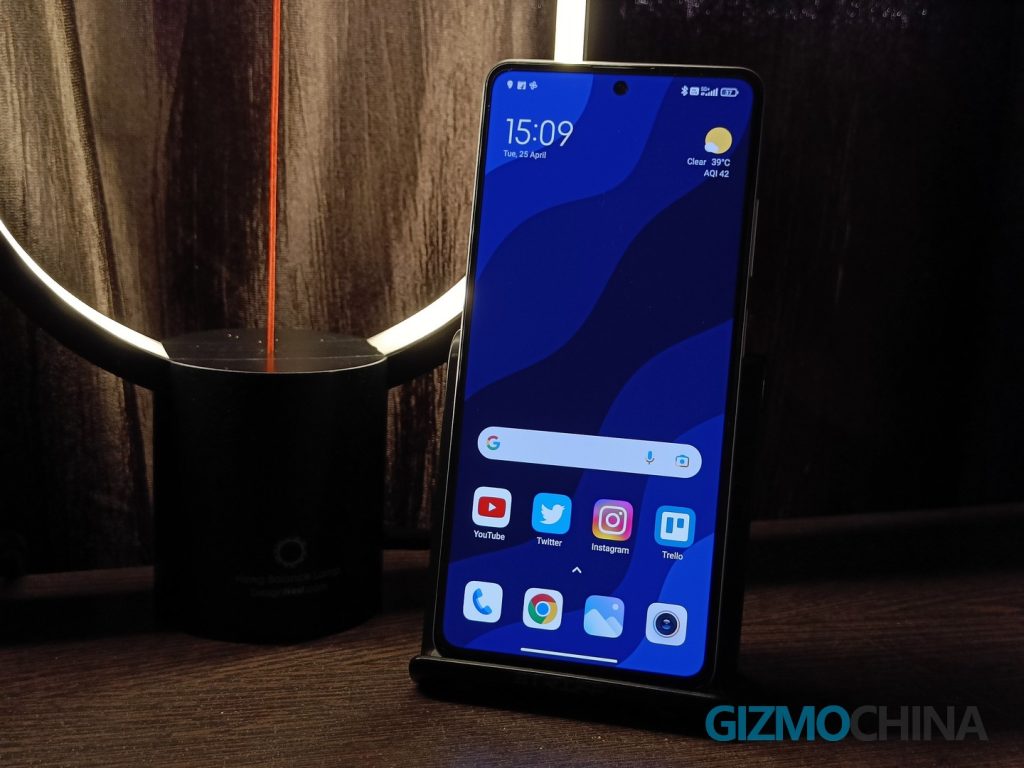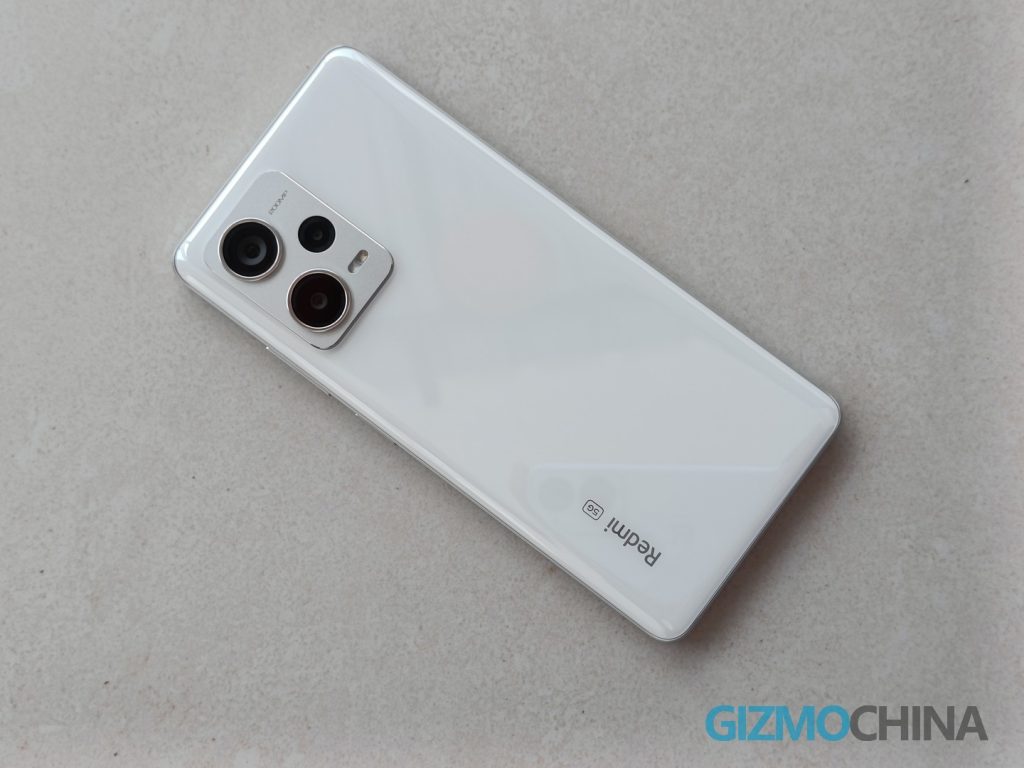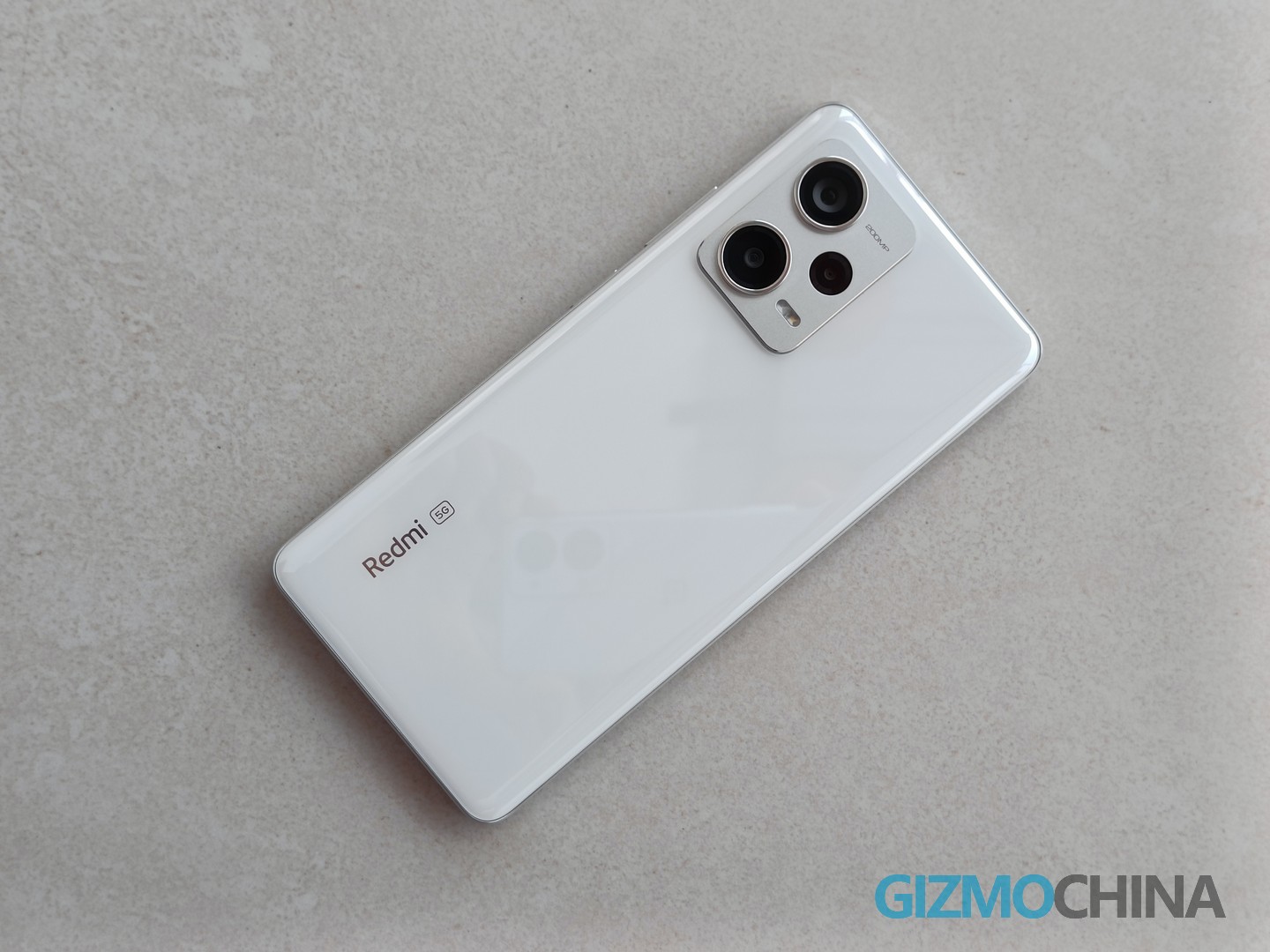Xiaomi unveiled the Redmi Note 12 series in China in late October. The very same models made their way to global markets starting in January.
India was the first international market where the lineup got released. The three phones, namely Redmi Note 12, Redmi Note 12 Pro, and Redmi Note 12 Pro Plus have been on sale in the country for over three months now.
Redmi Notes are now more expensive than ever
For the first time ever, the Redmi Note series not only breached the ₹25000 price segment but also the ₹30000 price category in the region. The two Pro variants have essentially replaced the Xiaomi ‘i’ series handsets, which did not get a successor this year.
The Xiaomi ‘i’ series used to be rebranded Chinese Redmi Note models for India. But this time, the company decided to bring the phones with their original branding, which explains the price hike.
For the uninitiated, the Chinese Redmi Note series offers a better set of features than the international variants. But these handsets are still mid-rangers and they excel in some departments more than others in the segment.
Our Redmi Note 12 series review
We already reviewed the Redmi Note 12 Pro when it was released in China, followed by the Redmi Note 12 when it debuted in India.
Months later, I got access to a Redmi Note 12 Pro Plus unit, courtesy of Xiaomi India. After using it for a while, I could say that it is probably the best device for content consumption in its price segment.
The Redmi Note 12 Pro Plus is the same as the Redmi Note 12 Pro, except for the primary camera and charging speed. Therefore, whatever I mention in this article is applicable to both smartphones, unless otherwise specified.
Redmi Note 12 Pro series display specs
The Redmi Note 12 Pro devices sport a 6.67-inch centered punch-hole 10-bit OLED display. The panel offers a resolution of 2400 x 1080 pixels (FHD+), a 394 PPI, and a 5000000:1 contrast ratio.
The screen has a maximum refresh rate of 120Hz and it can also dynamically switch to 30Hz, 60Hz, and 90Hz depending on what’s being shown. Further, its touch sampling rate and brightness level can reach up to 240Hz and 900 nits, respectively.

Apart from the DCI-P3 color gamut, the display also supports HDR10+ and Dolby Vision content. Finally, the panel is protected by Corning Gorilla Glass 5. The phones are also Widevine L1-certified.
The display on the Redmi Note 12 Pro series is as good as it sounds. It is complemented by a good set of dual stereo speakers with support for Dolby Atmos.
These two products are some of the fewer handsets on the market in this price category with the complete Dolby package (Vision and Atmos). The other smartphones are Xiaomi’s older models.
Redmi Note 12 Pro series is built for content consumption
Thanks to the aforementioned specs of display and speakers, I loved consuming content on this phone. I never had such a good experience watching TV series and movies on a sub-30K smartphone.
I started binge-watching the first four seasons of The Marvelous Mrs. Maisel on Amazon Prime Video before the premiere of the season 5. Whenever I had no access to the television, I came back to the Redmi Note 12 Pro Plus all the time.
I preferred it over OnePlus Nord 2T, which costs about the same (₹28999) and is a prime competitor if you ask me. However, I felt the Nord to be more comfortable to hold for a longer period of time.
Also, the display on the Redmi is not very bright outdoors as compared to the competition. But the HDR and the audio quality make up for this shortcoming.
The speakers are loud and the vocals are clear. I didn’t feel like using earphones. The media experience is almost as good as on flagships. The speakers only fall behind in high frequencies and bass output.
Unlike most other devices in this segment, the Redmi Note 12 Pro series also comes with a 3.5mm headphone jack. So when your earbuds are out of battery, you can always plug in a set of wired earphones.
Redmi Note 12 Pro series is not aimed at gaming
Unfortunately, I cannot call this product the best multimedia smartphone under ₹30000 since it falls behind in gaming.
I only play Pokemon Unite, a mobile title that is not resource hungry. The MediaTek Dimensity 1080 chip inside the Redmi Note 12 Pro Plus can run it well but the phone gets warmer than OnePlus Nord 2T (Dimensity 1300) and even the much cheaper iQOO Z7 (Dimensity 920), which I reviewed recently.
The game is playable but I prefer the other two handsets. The standard Redmi Note 12 Pro with the same chipset also offers a similar gaming performance.
Good enough battery performance but not-so-good cameras
Further, the battery life on the device is fine. You can easily get a day or more depending on your usage. The charging speed is quick too as it supports 120W fast wired charging. The 5000mAh battery takes about 30 minutes to charge fully from 20%.
So I didn’t have to worry about battery during my binge-watching sessions. A small break would be enough to charge the battery adequately or even fully if the break was longer. On the regular Redmi Note 12 Pro, the charging speed is slower at 67W.
As far as cameras are concerned, they are pretty average on the Redmi Note 12 Pro Plus. The 50MP Sony IMX766 sensor on the OnePlus Nord 2T (review) gives better results than the 200MP Samsung HPX sensor.
Practically, I didn’t see any use for the 200MP camera. I did enjoy the ‘200MP mode’ for zooming purposes when I first started using the phone. But the novelty soon wore off.
The camera produces good results only when there is ample light, especially when the sun is out. The picture quality degrades even with a cloudy sky, let alone evenings and nights.
So if you really want a good zoom camera, then the only options out there are expensive flagship smartphones.
Another thing I didn’t like is haptics. The Nord 2T and even the older similarly priced Xiaomi 11 Lite NE 5G have better haptics. Also, the device still boots Android 12 though the software is MIUI 14.
Is Redmi Note 12 Pro series worth buying?
For me, the new Redmi Note Pro models are nothing more than a great content consumption machine. I am not saying the phones are bad in other aspects. It’s just that competitors like OnePlus Nord 2T, an almost-year-old handset, offer a better value.
The Redmi Note 11 Pro series was introduced at ₹17999 in India. On the other hand, the Redmi Note 12 Pro lineup starts at ₹24999. That’s an approximate price hike of 39%.
So the question arises whether the Redmi Note 12 Pro series is worth its asking price. The answer is both yes and no.

If your budget is strictly ₹25000, I can’t think of any reasons not to recommend the standard Pro variant. But if you could spend up to ₹30000 or a bit more, I would suggest you have a look at other options, especially the OnePlus Nord 2T.
The Redmi Note series used to cost ₹10000 when it was first released in India. For a long while, the devices have been best-sellers in the sub-₹20000 price segment.
With the new increased price, the lineup is no longer a value-for-money proposition as it used to till the last generation. However, the ‘Redmi Note’ is still a stronger brand name than others and it does excel in specific aspects as discussed above.
But is this enough for Xiaomi to push sales? Only time will tell.
RELATED:
- Xiaomi is yet to release kernel source code for Redmi Note 12 series, Xiaomi 12T series, and more
- Here’s why Xiaomi won’t Launch Small and Compact Phones anytime soon
- Redmi Note 12 Turbo Hands-on & Quick Review: That Redmi Is Back!
- Lenovo Tab P11 Plus review – Awesome machine for its price range
- Xiaomi Smart Band 8 Review: You can even play games on it









